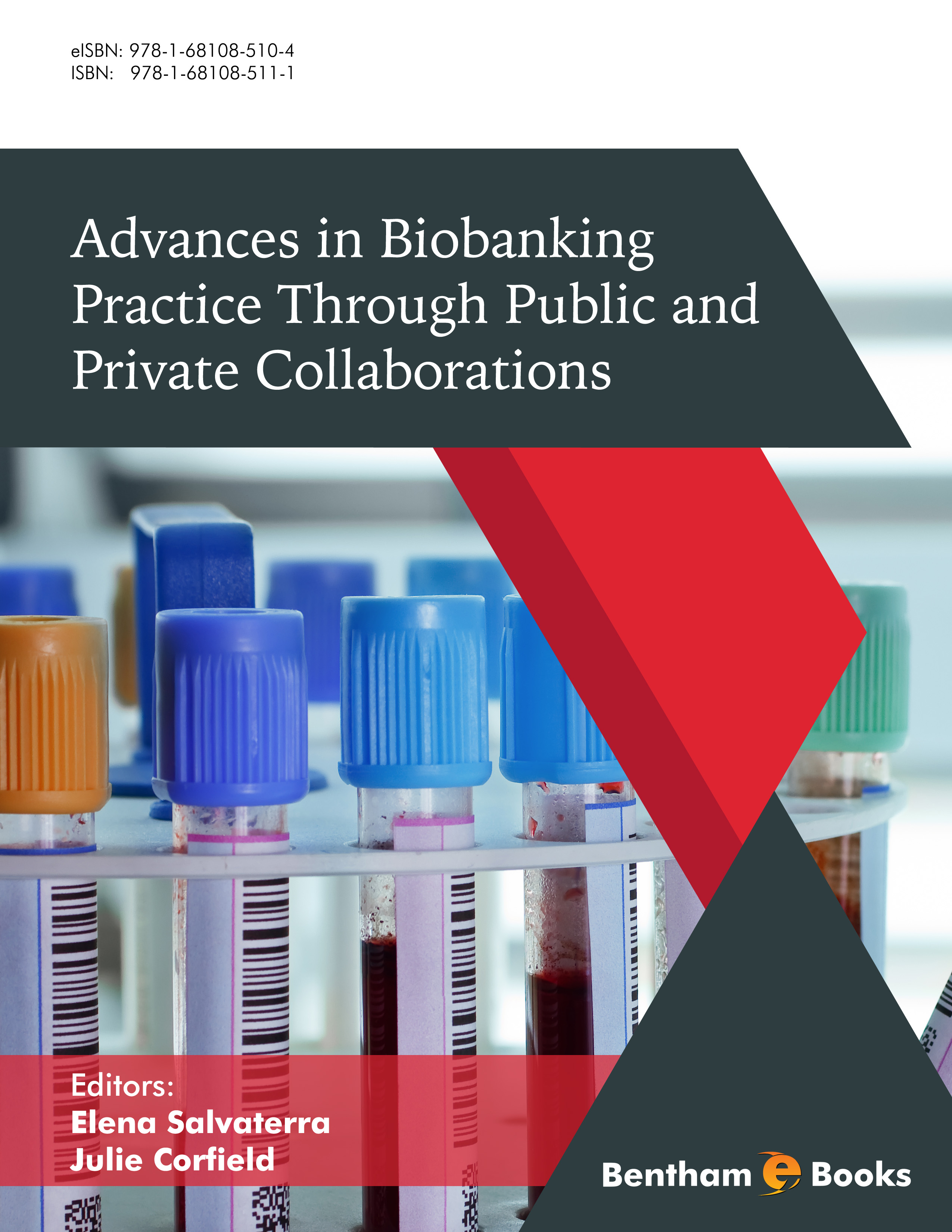The reflection on collaboration between public and private institutions in biobanking is crucial for making advances in this field.
Precision Medicine (PM), digitization and virtualization are quickly changing the biobanking landscape by asking for new models and concepts of synergies between public and private (or for profit) organizations.
However, this theme is currently under-analysis both in the literature and in scientific debates. The need for developing or improving collaborations between public and private institutions is recognized by several scholars but it still remains a niche topic in biobanking.
Furthermore, the reasons for developing public-private synergies (also called partnerships) are usually connected to biobank sustainability, on the public side, and to the acquisition of academic know how, on the private side.
This interpretation of the public-private-partnership (PPP) in biobanking seems to simplify the complexity of the issues related to public and private collaborations. It also seems to reduce the huge potentiality of promoting public-private synergies for biobanking advances and the related benefits for both public and private organizations working in this field.
Taking the above discussion into consideration, this ebook analyzes perspectives, methods and concrete ways to change the current models of collaboration between public and private organizations in order to improve biobanking practices.
The first chapter (Morente and colleagues) describes the state-of-the-art of public-private collaborations in biobanking on a global scale and it defines potential ways to improve these synergies. By highlighting that “the promotion of health” unconditionally should be the final goal of any partnership between public and private organization, Morente et al., list several criteria to reconsider the current theories of PPP in biobanking.
Innovative approaches to public-private collaborationsin biobanking are suggested by Lawlor and colleagues (chapter two). After an extensive analysis of “old” and current strategies of liaison in this realm, Lawlor et al., recommend concrete models and methods of PPP to improve the biobanking practice.
The quality management system as a key aspect for public-private synergies in biobanking is the subject of chapter three. Bravo and colleagues extensively analyze the work of the technical committee “ISO T C 276 biotechnology” related to biotechnology standardization by focusing on biobanks and bioresources. The authors give a clear explanation of the role of ISO biotechnology standards to improve the quality of services for biobanks and to offer access to new markets for industries.
The description of quality standard criteria specifically tailored for tumor biobanks is provided by Bonizzi et al., (chapter four). The authors report the standard requirements to be followed for processing samples and data in daily practice. These criteria are not different for public or private “partners”. High level of quality is demanded by each organization for using the samples stored in the biobanks, regardless of the public or private nature of the inquiring institutions.
The access conditions to biobanks is the theme analyzed in chapter five by Verlinden and colleagues. After a deep analysis of the general legal framework governing biobanks at national (Belgium), European and international levels, Verlinden et al., consider the access conditions to human biological samples and associated information.
Access conditions to samples and information stored in biobanks within the concrete model of the “HUB-BTB- 3CR” is the subject of chapter six. Di Donato et al., describe the HUB-BTB- 3CR which is a centralized organization for managing sample requests. This model enables public and private researchers to directly access the biobanks which are part of the hub. Although tailored for organizations operating in France, this prototype of public-private collaborations could be used in other countries with modifications as per requirements.
Moving from the theory to the practice, this ebook suggests an accessible analysis of the main issues related to public-private partnerships in biobanking. It considers apparently conflicting concepts, such as academia, industry, profit and solidarity illustrating that they are not necessarily in contrast when trust, transparency and reciprocity are the basis of public-private collaborations in biobanking.
Elena Salvaterra, JD, Ph.D. - Editor in Chief
Coordinator Scientific Projects and Regulatory Affairs
Exem Italia s.r.l., Italy; ISBER Science and Policy
Committee Advisor (US), ESBB Founder Member (EU)
Organ Preservation Alliance Member (US)
Italy
Julie Corfield
Founder and Director of Areteva, Sherwood House, 7
Gregory Boulevard, Nottingham, Nottinghamshire, NG7 6LB
UK

